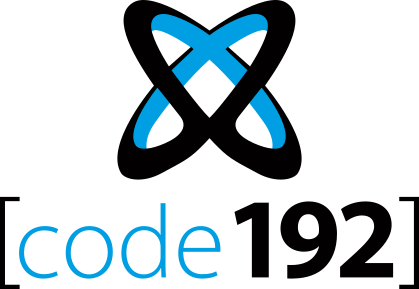Data fields
The Sparkline has 7 fields available for binding :
- Tag : the name of the variable
- Value : the value of the variable
- Serie : the field used as X Axis of the chart
- Low : the low threshold
- High : the high threshold
- Target : the target value
- Split into many widgets : a field to group and split variables
Tag
This represents the variable name, used to show separate indicators side-by-side.
The indicators are laid out in consecutive rows. Each indicator will take a given vertical size, and the full width of the container.
In order to access the other indicators, the user may need to scroll down.
This field is required.
Value
This is the main value of the variable.
It will be displayed both :
- as Y value on the sparkline chart
- as main value on the summary
This field is required.
Serie
This is the field used for the X Axis of the sparkline chart.
This field is required.
Low
This is the lower bound of the limit.
The limit is displayed as a range area on the sparkline chart.
This field is optional, and only useful when a High field is also configured.
High
This is the higher bound of the limit.
The limit is displayed as a range area on the sparkline chart.
This field is optional, and only useful when a Low field is also configured.
Target
This is the target value for the variable.
The target is displayed as numerical value in the summary.
This field is optional.
Group by : Split into many widgets
This represents the series field used to generate a different contained Sparkline Widget for each different value in this field.
This allows to create many sub-widgets dynamically.
This will turn the widget into a container, and generate a complete different chart for each value in the series field, contained in the Widget.
The layout of the charts inside the container is configurable.
Please see the corresponding chapter to configure the view of the Widget container.
This field is optional.
Example : If you have a field called “Continent”, you may want to plot a completely separate Sparkline for each value of “Continent”, dynamically :
Value aggregation
This Widget displays two values :
- the sparkline chart’s Y value
- the summary value
You may configure the summary value in two different ways, under the Value category :
Value Type = Last Value
Displaying the Last Value means the last value on the sparkline chart, according to the sorting by the Series field.

Value Type = Aggregate
Instead of displaying the last value from the sparkline chart, the Aggregate setting allows to calculate a value based on all values in the chart.
The aggregation function used to aggregate all the values in the chart is defined as the Aggregate option.

















Post your comment on this topic.